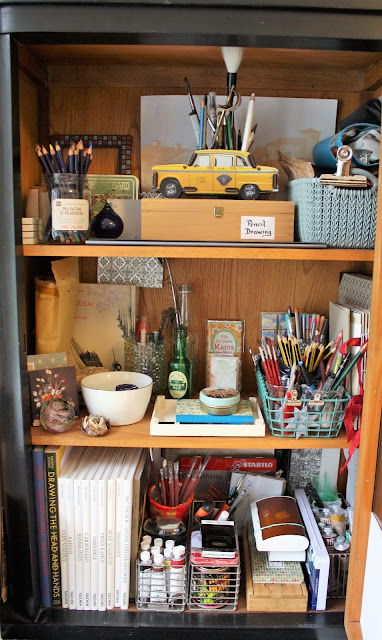Tradition in a modern world.
My first several visits to Austria were to smaller towns and I at once was interested in the traditional clothes that so many people wore. I found it interesting that traditional clothes could be worn to more or less any event, at any time of day, as well as for everyday activities. This enhanced the snowglobe like feeling of the place; cute, safe, charming, and old-fashioned. The first few years I lived here I had occasion to don the same clothing for everything from weddings, holidays, christenings, to birthday parties, street festivals, parades, and even going to church. My children wore cute little dirndl and lederhosen and in general enjoyed their young snowglobe life. There are so many things which create a safe, insulating, protective environment for children here.
The longer I have been here the more I have observed the complex relationship between the people and their traditions. Tradition has a place and behavior for everyone. As Tevye says in movie Fiddler on the Roof, '...and because of our traditions, every man knows who he is and what God expects him to do'.
Tradition has a way of preserving a culture, but it also can result in the creation of what I think of as a monoculture. A place in which a person knows what to expect and how to behave. A place where you can 'do' all the right things. But on the flip side, a place where you may only do things a certain way. Your daily routine and habits can actually make or break you. What you eat and when, where or how you wash your clothes, and how you spend your money, these are the banalities which signify your acceptance from and of the group. Many people say that Americans only see in black and white, that grey is a shade we don't actually believe in. I think this is true, but I think a strongly tradition influenced culture can result in a similar reality. Grey may be known to exist but it is not always encouraged to be expressed.
Perhaps as a rebellion to this attitude a lot of people of my husband's generation, and especially women, have rejected the outward signs of these traditions. (Although they still do all the right things at all the right times). One of the easiest ways to show this rebel spirit is to not wear traditional clothes, especially in the cities. Now although this is not widespread I do know many people who don't like getting dressed up or don't think it is really worth it. However, the younger generation is coming back to the fold, embracing traditionalism on their own terms. As modern, independent Austrians, indulging their love of their homeland and the tapestry of their upbringings.
This weekend was 'Aufsteierern', a volks festival which fills the entire downtown of my city- people flock to it from the entire state. It is a celebration of everything traditional. Yet the very theme is played with by the attendees. Traditional dress was, at the time of my arrival here, a very solid concept. You came from a specific region which had its own specific outfit which had a relatively uncompromising list of what to wear with it, from shoes, socks, and scarves right down to underwear. It was fine to wear a small number of other costumes depending on your connections, and interests, but generally, the palette was a limited one. Many people in upper Styria, were I lived are comfortable wearing the Ausseer tract or even one from southern Styria but never one from Carinthia, a neighboring and rival state. With the reinvention of traditional clothes seen in events like Aufsteierern, young people have for the first time in generations made tradition into a sort of modern eclectic fashion statement- dirndl are being worn with red high heels, girls are wearing lederhosen, men are mixing their clothes up and topping everything off with hair gel. Hats are becoming more fun. And people love it! It is a joyful revel of belonging. It is what should happen, in my opinion, a people celebrating and enjoying its own culture without feeling the constraints of overbearing traditionalism.
Since this festival focuses on all things traditional there are stands offering all sorts of handmade regional products from food items to pieces of clothing and baskets. And in this context bauernmalerei, a form of rural painting makes its presence felt. There are traditionally 3 main types of painting here, that I am aware of- the first is Hofmalerei, a form of decorative painting used in the decoration and documentation of stately homes. Portrait, or fine art painting, which seems fairly self explanitary, and finally bauernmalerei, a decorative painting method used to brighten up rustic furniture and wooden items, in rural regions. I will write a post on these different types of art at another time, but for now I just mention them to provide context. I like bauernmalerei although I classify it, personally, more with crafts than with art. The closest I have come is a set of small boxes I painted last autumn. They were not a great success, but it was a fun project.
What is your relationship to tradition? Do you hold fast to it? Do you avoid it? Or is it an indulgence for you?
Or, do you live in a traditional society as an outsider? What do you think of it? Leave me a comment.
To get posts as soon as they are published click on the subscribe button at the top of the page or Follow by clicking on the follow button.


























Comments
Post a Comment